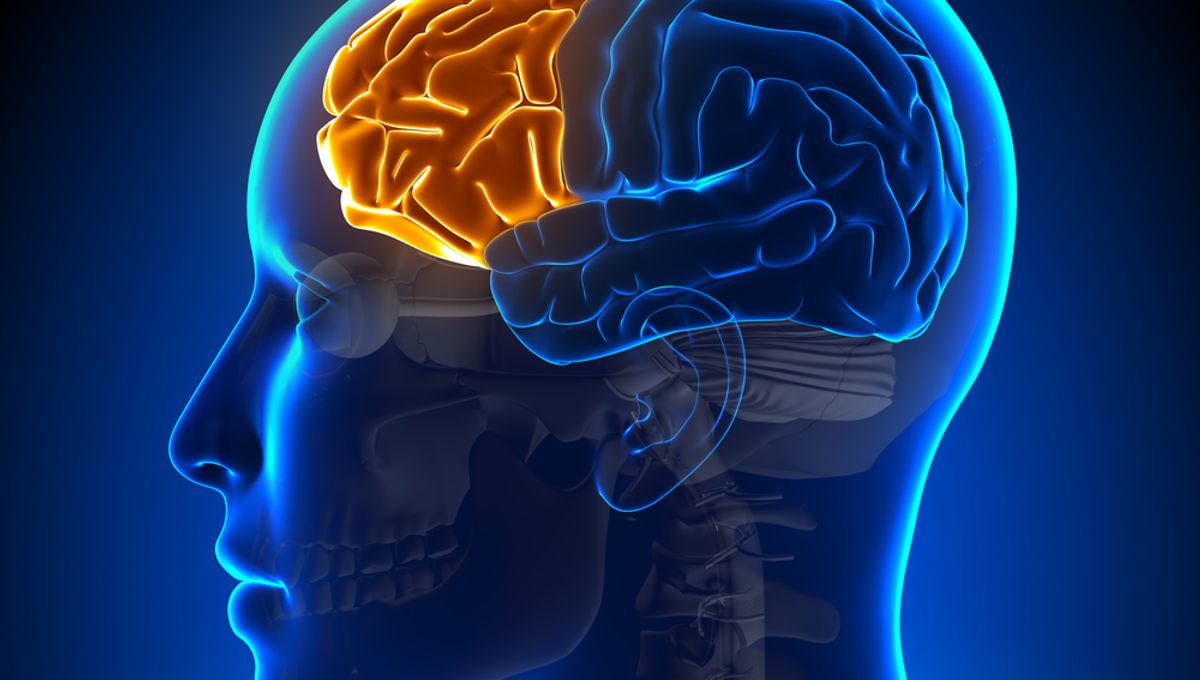
Before fire, before the wheel, and perhaps even before language, humans had something that made these achievements possible. Psychologists call it “fluid intelligence”: the capacity to solve challenges we have never encountered before. It’s not unique to humans, as astonishing videos of crows encountering human-designed puzzles reveal, but it’s what makes us stand out. However, neuroscientists have been unable to find where in the brain the capacity is located. One team now claims to have solved that.
Fluid intelligence is not only key to humanity’s rise, it’s also perhaps the single most important predictor of an individual’s success – parental wealth aside of course. Consequently, models of the human brain that identify different regions’ roles are very incomplete without being able to place it.
A team from University College London now reports that the right frontal lobe is where the processing that gives us fluid intelligence occurs.
Our maps of the human brain draw heavily on animal studies. Excising parts of a non-human animal’s brain to observe the effects may be more difficult since ethics committees became a thing, but it is still often possible, and plenty of research was done in more lenient times. The usefulness of such investigations declines, however, when searching for capacities in which humans are considered to far surpass other living species.
Professor Lisa Cipolotti and co-authors instead relied on lesion-deficit mapping, seeing which capacities suffer in people who have had one part of their brain affected by stroke, accident, or tumor, while other areas have been largely unscathed.
Lesion-deficit mapping studies are a neuroscience staple and have been conducted for fluid intelligence for many years. However, sample sizes have been small: finding people with severe deficits is hard. Nevertheless, with time, people can be found who fit the criteria and are willing to be studied. The team assessed 227 people with lesions on one side of their brain using the Raven Advanced Progressive Matrices (APM) intelligence test and compared them with 165 healthy controls with similar ages and qualifications.
Patients with lesions in non-frontal regions of the brain showed fluid intelligence indistinguishable from the controls – but those with frontal lesions performed substantially worse, particularly when these were on the right side.
The frontal lobes are the areas with the largest differences between humans and other animals, so the location there makes intuitive sense. However, some researchers made the case for the parietal lobe’s involvement, and some smaller studies had suggested the left frontal lobe matters more than the right.
Fluid intelligence is thought to provide us with the capacity to design complex strategies and deal with abstract problems as well as cognitive creativity, among many other things vital in the modern world. There is, however, plenty of debate as to whether it represents a single quantity, or if there is instead a fluid intelligence cluster we cover under a single label. As a result, there is a debate between different sorts of tests as to which provides the best measure of fluid intelligence.
Consequently, tests of different aspects of fluid intelligence may reveal differences in location within the brain. Nevertheless, Cipolotti considers the findings shows APM’s value. “This supports the use of APM in a clinical setting, as a way of assessing fluid intelligence and identifying right frontal lobe dysfunction,” she said in a statement.
The right frontal lobe is divided into several smaller regions, of which quite a few appear to play a part in fluid intelligence, although much larger samples will be needed to flesh out more detail.
The paper is published in the journal Brain.
Source Link: We Might Finally Have Found One Of The Brain’s Most Important Regions